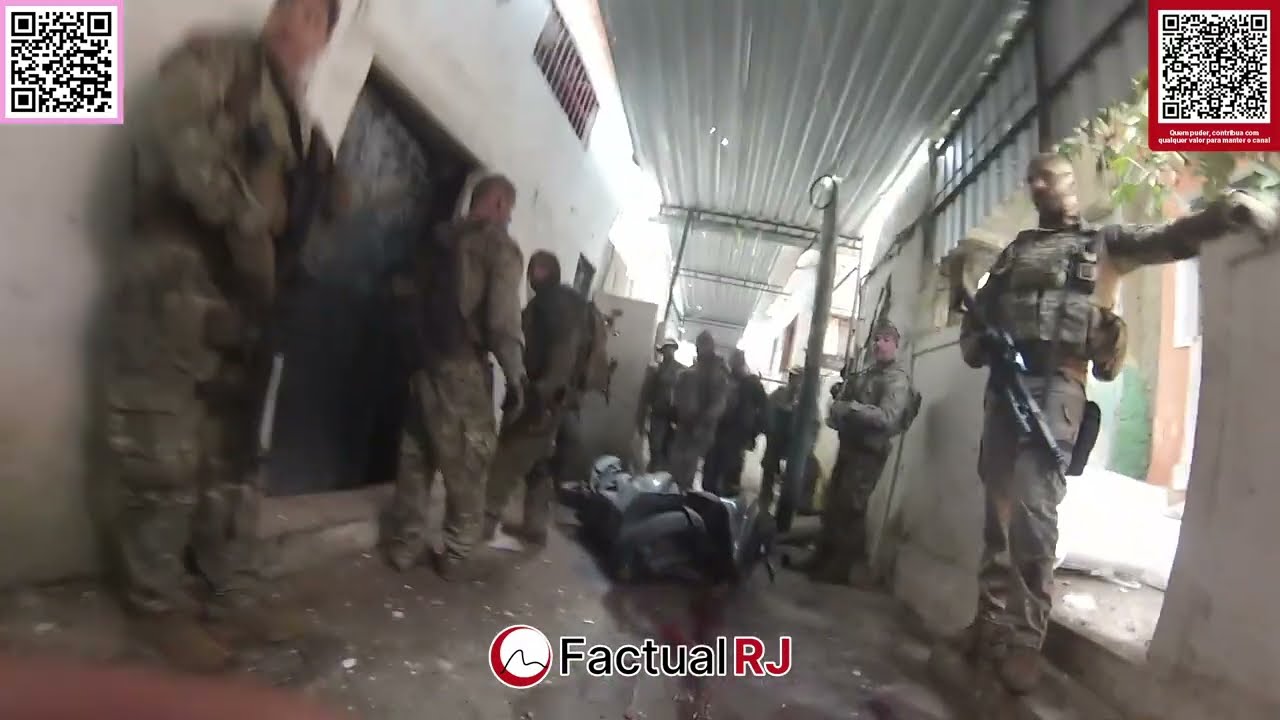9 PROVAS QUE A BÍBLIA É VERDADE! Israel com Aline
1Shalom and welcome back to ‘Israel with Aline!’ The Bible is the best-selling and most widely read book in the world, but still many people doubt its veracity. Today we will talk about nine archaeological finds that shocked skeptics and archaeologists both and prove the historical veracity of the Bible. So, if you’re ready, let’s get started! So we’re going to talk about nine finds that changed the history of Biblical archaeology. And first is the Tel Dan Stele, also known as the Stele of David. Steles are erected stones with inscriptions or symbols. Until the early 1990s, most historians and archaeologists did not believe that King David really existed, they believed that King David was a myth invented by the people of Israel. But this is about to change thanks to the Tel Dan inscription. In 1993, archaeologist Avraham Biran with his team found this stone in Tel Dan, which is in the far north of Israel. It is written about an enemy king who attacks Israel and manages to kill two Kings: Jehoram, the son of Ahab and Ahaziah, son of Jeroham of the house of David. Folks, this is the only inscription outside the Bible that mentions King David, and more than that the house of David, that is, his descendants. And these two kings are mentioned in the Bible: Jeroham is Ahab’s son with the terrible Jezebel, and Ahaziah is of King David’s descent, as you can see here in this family tree. And look how incredible; this battle is also told in the Bible in the second book of Kings, chapter 8 tells us how Hazael, the King of Damascus attacks Israel. So here we have concrete archaeological proof of the existence of King David and his descendants and also of this biblical battle, all on this little stone. And the second find is Hezekiah’s tunnel, Hezekiah reigned here 2700 years ago and in his time Assyria attacked Israel and Judah. And so now he is going to face one of the greatest armies in the ancient world and so when he knows that the Assyrians are coming he begins a series of preparations for this great battle. “After all that Hezekiah had so faithfully done, Sennacherib king of Assyria came and invaded Judah. He laid siege to the fortified cities, thinking to conquer them for himself. When Hezekiah saw that Sennacherib had come and that he intended to make war on Jerusalem, he consulted with his officials and military staff about blocking off the water from the springs outside the city, and they helped him. It was Hezekiah who blocked the upper outlet of the Gihon spring and channeled the water down to the west side of the City of David. He succeeded in everything he undertook. 2 Chronicles 32: 1-3, 30 And it is exactly this tunnel that is quoted in the Bible that was found in 1838. But how do we know that it is exactly the same tunnel? First, it fits perfectly in the biblical description, but mainly because it was found inside this inscription that tells us how this tunnel was built, it is more than five hundred meters long, it is in total darkness and in freezing water. But if you want us to go there and record this 2,700-year-old tunnel that is mentioned in the Bible, let us know in the comments. But let’s go now to the third archaeological find which is the Wall of Hezekiah which was built by King Hezekiah also to protect the city of Jerusalem and this Wall is mentioned not once, but three, if not four times in the Bible, and the following is written: “You counted the buildings in Jerusalem and tore down houses to strengthen the wall.” Isaiah 22:10 What the prophet Isaiah is telling us is that at that time they didn’t have time to make a Wall that encircled all the houses in the city, and therefore in a hurry, in their fear of the attack of the Assyrians they build the wall that goes over houses in the city which was not a common thing at that time. And when this wall was excavated, what was found? Precisely that it passes over the houses of the city, exactly as the Bible tells us. But now the question arises: who will win this battle? The Assyrians with a great army arrive at Jerusalem after all these works that Hezekiah does and who wins the battle is God, look at this passage: “Therefore this is what the LORD says concerning the king of Assyria: “‘He will not enter this city or shoot an arrow here. He will not come before it with shield or build a siege ramp against it. By the way that he came he will return; he will not enter this city, declares the LORD. I will defend this city and save it, for my sake and for the sake of David my servant.'” That night the angel of the LORD went out and put to death a hundred and eighty-five thousand in the Assyrian camp. When the people got up the next morning —there were all the dead bodies! So Sennacherib king of Assyria broke camp and withdrew. He returned to Nineveh and stayed there.” 2 Kings 19: 32-36 This passage tells us of God’s love for his city Jerusalem, and in the end all the great walls constructions, tunnels that Hezekiah did in the end were not necessary because God protected his city. And the fourth find on our list is the prisms of Sennacherib. It is time to talk about the great enemy of the people of Israel and of Hezekiah. These three prisms made of clay and written in cuneiform writing reveal a lot to us; these prisms tell us the story of the battle of the people of Israel against Sennacherib as seen through the eyes of the enemies, and this find is so important because it tells the story of Israel not only through our own accounts, but through the eyes of the enemies. Look at what is written: “As for the King of Judah, Hezekiah, who did not submit to my authority, I besieged and captured forty-six of his fortified cities, along with many smaller cities, taken in battle with my battering rams… I took 200, 150 people as loot, small and large, male and female. Along with a large number of animals, including horses, mules, donkeys, camels, oxen and sheep. As for Hezekiah, I shut him up like a caged bird in his royal city of Jerusalem. I built a series of fortresses around him and did not allow anyone to leave the city gates.” You see he doesn’t want to give God any credit, we know that he comes to Jerusalem, prepares for battle, but turns around and leaves because God kills his soldiers, but instead of him telling that the soldiers were attacked by God, were attacked by a plague he will say “no no, I came, surrounded the city and shut them in”, but we know that this was not the plan, his plan was to attack and conquer the city of Jerusalem like all the others. But this shows that he really can’t conquer Jerusalem and has to leave, and once again shows us the veracity of this biblical passage. In fifth place is the Stele of Israel also known as the Stele of Merneptah, this stone was found inside the funeral temple of the Pharaoh called Merneptah, and on line 27 is written about Israel, this Pharaoh attacks Canaan and he talks about the people of Israel. This stone is over 3,200 years old! It is the oldest text ever found that mentions the people of Israel. And sixth on our list is the tomb of King Uzziah. They found the plaque that stood at the entrance to the tomb and the following is written on it: “to this place were brought the bones of Uzziah, the King of Judah, do not open.” First, once again the name of a biblical King appears, a descendant of the house of David. But why at the end is it written “do not open?” The Bible tells us that Uzziah died of leprosy and maybe years later when they made this plaque, they were afraid that people would come in and touch the bones of a King, especially a leprous King. The seventh place on our list is really shocking, it talks about the twelve tribes of Israel, about the name of God, biblical wars and much more! We are talking about the Moabite Stone also known as the Mesha Stele. Mesha was the King of Moab, but at his time Moab was under the control of the people of Israel, and they had to pay taxes to Israel because forty years earlier Omri had conquered that whole region. And on this stone Mesha tells how he fights for the independence of Moab, he goes to fight against the tribe of Gad which is one of the twelve tribes of Israel, see on the map where they were located, they were right next to the territory of Moab, and on this stone it is written that he takes the God of Israel, the tetragrammaton, the name of God is present. And he takes the God of Israel and he goes to humble in front of Chemosh, which was the main God of Moab, he goes to humble the God of Israel and to re-institute the pagan polytheistic worship in that territory which is on the other side of Israel. And this stone was from the year 830 before Christ, it is literally 2850 years old! And on it appears the name of God, the tribe of Gad, and it tells us about this battle that is also reported in the Bible. And these kinds of findings told by enemies are even more important for the skeptics, for those who don’t believe the Bible to show them that this is not a historical view of just the people of Israel, but also that all the people in the region knew about these events. And the penultimate artifact on our list is connected to Jesus and it is the Pontius Pilate Stone. It was found in Caesarea Maritima, next to the Palace where Pontius Pilate lived and on it is written the following: It is written in Latin that the Tiberius was built by Pontius Pilate, the governor of Judea. Many people doubted the historical existence of Pontius Pilate or that he really was governor here in Judea in Jesus’ time and this stone removed any doubt. What is Tiberius? We don’t know, but that doesn’t matter, what matters to us is the historical proof of him as Governor because we know that not long after he writes this inscription, he will come to Jerusalem to judge and condemn Jesus to death by crucifixion. And the last artifact we are going to talk about is the cylinder of Cyrus, this cylinder changed history of the people of Israel and also of other peoples here in the region, how was it? Years earlier, the Babylonian Empire conquers Israel, destroys the Temple in Jerusalem and sends the Jews into Babylonian exile, they exile other peoples as well and oppress all these peoples. And the Jews sit in Babylon and pray to God that one day they can return to their land “By the rivers of Babylon we sat and wept when we remembered Zion.” Psalms 137:1 And finally God is going to answer the prayers, the Babylonian Empire is going to be destroyed by Cyrus, the King of Persia and now he is going to take the people of Israel and the other peoples who were in exile and allow them to return to their land, the return to Zion is declared in that cylinder this cylinder folks, is the text in which Cyrus speaks and announces to the people that they can return to their land, I imagine the Jews in ancient Babylon hearing those words, they will be able to return to their land, and they return and rebuild the second Temple in Jerusalem, and there begins a great biblical period that will end with the destruction of the Temple later in the year 70. So this little artifact is the fulfillment of the divine word, when God promises the land of Israel to his people, the people were exiled, but they come back thanks to God’s intervention and Cyrus’ cylinder. Archeology reveals a lot to us about the Bible and also about our own history and that is why I think it is so wonderful to be in the land of Israel and to be able to see archeology first hand! If you want to get to know Israel I invite you to join in the caravan Israel with Aline, all the information with prices are on our site, the site is here on the screen and also in the first comment and in the description of the video. Thank you all for watching, and we’ll see you next time!







